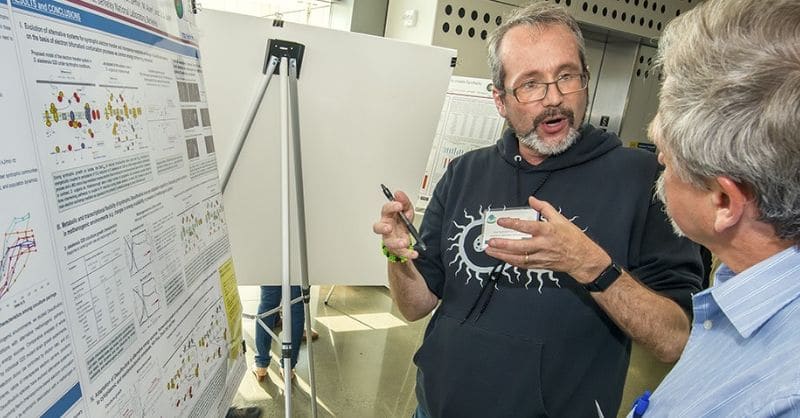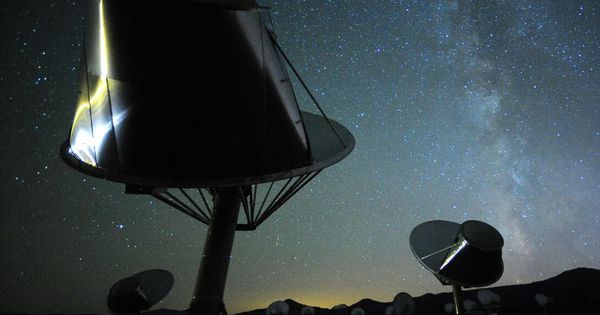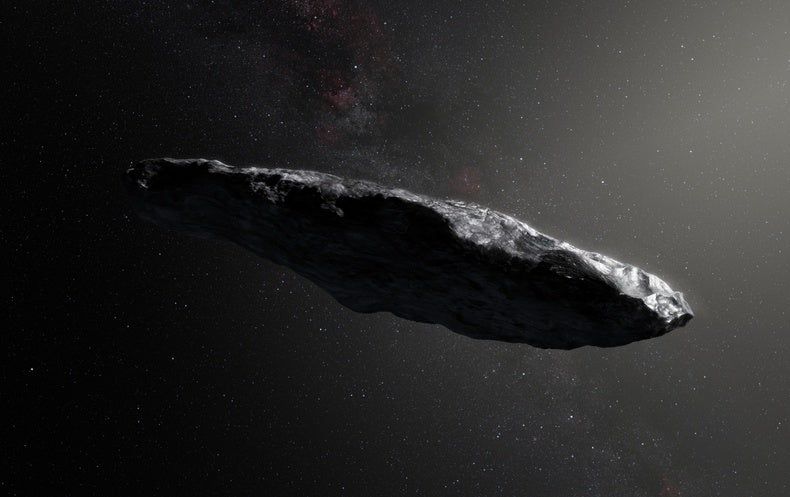Our first encounter with E.T. technology could be as baffling to us as a smartphone would have been to a Neandertal.



The extraterrestrial gods of genesis
In the Sumerian poem known as Genesis 1, we are told: “In the beginning God created the heaven and the earth. And the earth was without form, and void; and darkness was upon the face of the deep. And the Spirit of God moved upon the face of the waters.”
Genesis 1 is a story about life. If there is a “god” and if all things come from “god” then what might be the “spirit of god” if not life? And if god is life, and all things come from god, including other planets, then the spirit of god must have hovered over all of creation—meaning: Life is everywhere, throughout the cosmos.


People who claim to have been abducted by aliens also say their DNA was manipulated and that human-alien hybrids live among us in this clip from Season 11’s episode, “The Returned”. #AncientAliens
Subscribe for more from Ancient Aliens and other great HISTORY shows: http://po.st/SubscribeToHistory
Find out more about the show and watch full episodes on our site:
http://po.st/AncientAliens
Check out exclusive HISTORY content:
History Newsletter: http://po.st/HistoryNewsletter
Website — http://po.st/HistoryWeb
Facebook — http://po.st/HistoryFacebook
Twitter — http://po.st/HistoryTwitter
“Ancient Aliens” explores the controversial theory that extraterrestrials have visited Earth for millions of years.
HISTORY®, now reaching more than 98 million homes, is the leading destination for award-winning original series and specials that connect viewers with history in an informative, immersive, and entertaining manner across all platforms. The network’s all-original programming slate features a roster of hit series, epic miniseries, and scripted event programming. Visit us at http://www.HISTORY.com for more info.

The wheels are in motion to send the first humans to Mars. For many, the first image that calls to mind may be of a spaceship touching down in a vast, red desert. But arriving on Mars is only half the picture. People also need to live there, something that can be difficult to imagine because there are so many unknowns. Martian habitation presents one of the greatest scientific challenges of the 21st century. And it is a challenge synthetic biology will be integral in solving.
One of the most exciting ventures tackling this problem is CUBES, the Center for the Utilization of Biological Engineering in Space. SynBioBeta recently spoke with Adam Arkin, the director of CUBES and professor of bioengineering at UC Berkeley. Arkin, who will also speak at SynBioBeta 2019, described the goals of the CUBES project and how their work could enable human life on Mars.
CUBES is a five-year NASA Science Technology Research Institute. Veteran researchers, postdocs, and undergraduates have come together across six universities to develop biomanufacturing systems for Mars missions. But, explains Arkin, “since there isn’t a specified reference mission architecture for a real mission to Mars, we don’t know precisely what our constraints are.” Over the next five years, CUBES will build increasingly realistic models of what it will take to make integrated bio-systems feasible in space.

NASA’s next mission to Mars will be its most advanced yet. But if scientists discover there was once life — or there is life — on the Red Planet, will the public be able to handle such an extraterrestrial concept?
NASA chief scientist Jim Green doesn’t think so.
“It will be revolutionary,” Green told the Telegraph. “It will start a whole new line of thinking. I don’t think we’re prepared for the results. We’re not.”

Tonight—just like every night—the pursuit of E.T. perseveres in Hat Creek, California.
There, in the midst of the Cascade Mountains, the faint buzz of the Allen Telescope Array hums on a secluded and scrubby field where jackrabbits wander and rattlesnakes roam.
Since 2007, the array’s 42 radio dishes have scanned the skies for signals from alien civilizations. Detecting one is the longest of long shots. So far, nothing suggesting an extraterrestrial intelligence has been found. Here at Hat Creek, a close encounter with a bear seems more likely.

